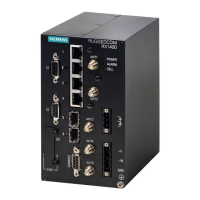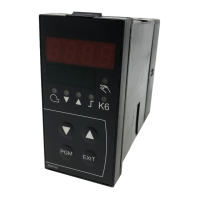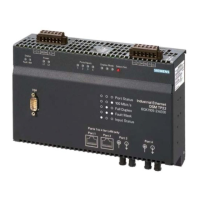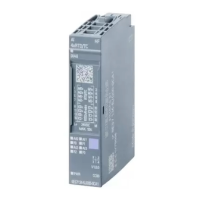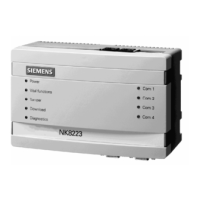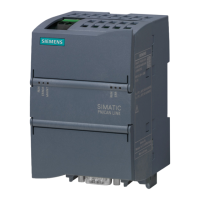Chapter 13
Unicast and Multicast Routing
RUGGEDCOM ROX II
CLI User Guide
520 Managing OSPF
Parameter Description
• soft-outbound: The existing peering session continues to run while sending outbound
updates to its neighbor.
3. Type commit and press Enter to save the changes, or type revert and press Enter to abort.
Section13.9
Managing OSPF
The Open Shortest Path First (OSPF) protocol determines the best path for routing IP traffic over a TCP/IP network
based on link cost and quality. Unlike static routing, OSPF takes link failures and other network topology changes
into account. OSPF also differs from RIP in that it provides less router to router update traffic.
The RUGGEDCOM ROX II OSPF daemon (ospfd) is an RFC 2178 [http://tools.ietf.org/html/rfc2178] compliant
implementation of OSPF version 2. The daemon also adheres to the Opaque LSA (RFC 2370 [http://tools.ietf.org/
html/rfc2370]) and ABR-Types (RFC 3509 [http://tools.ietf.org/html/rfc3509]) extensions.
OSPF network design usually involves partitioning a network into a number of self-contained areas. The areas are
chosen to minimize intra-area router traffic, making more manageable and reducing the number of advertised
routes. Area numbers are assigned to each area. All routers in the area are known as Area routers. If traffic must
flow between two areas a router with links in each area is selected to be an Area Border router, and serves as a
gateway.
NOTE
The router-id parameter defines the ID of the router. By default this is the highest IP assigned to the
router. It is recommended to configure this value manually to avoid the ID changing if interfaces are
added or deleted from the router. During elections for the master router, the ID is one of the values
used to pick the winner. Keeping the ID fixed will avoid any unexpected changes in the election of the
master router.
NOTE
In complex legacy networks, RIP, OSPF, BGP and IS-IS may all be active on the same router at the same
time. Typically, however, only one dynamic routing protocol is employed at one time.
NOTE
Specific routes for Virtual Routing and Forwarding (VRF) interfaces can be configured. For more
information about VRF, refer to Section13.11, “Managing Virtual Routing and Forwarding (VRF)”.
CONTENTS
• Section13.9.1, “OSPF Concepts”
• Section13.9.2, “Configuring OSPF”
• Section13.9.3, “Viewing the Status of Dynamic OSPF Routes”
• Section13.9.4, “Managing Prefix Lists and Entries”
• Section13.9.5, “Managing Areas”
• Section13.9.6, “Managing Route Maps”
• Section13.9.7, “Managing Incoming Route Filters”
• Section13.9.8, “Managing Redistribution Metrics”
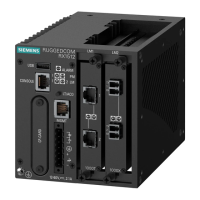
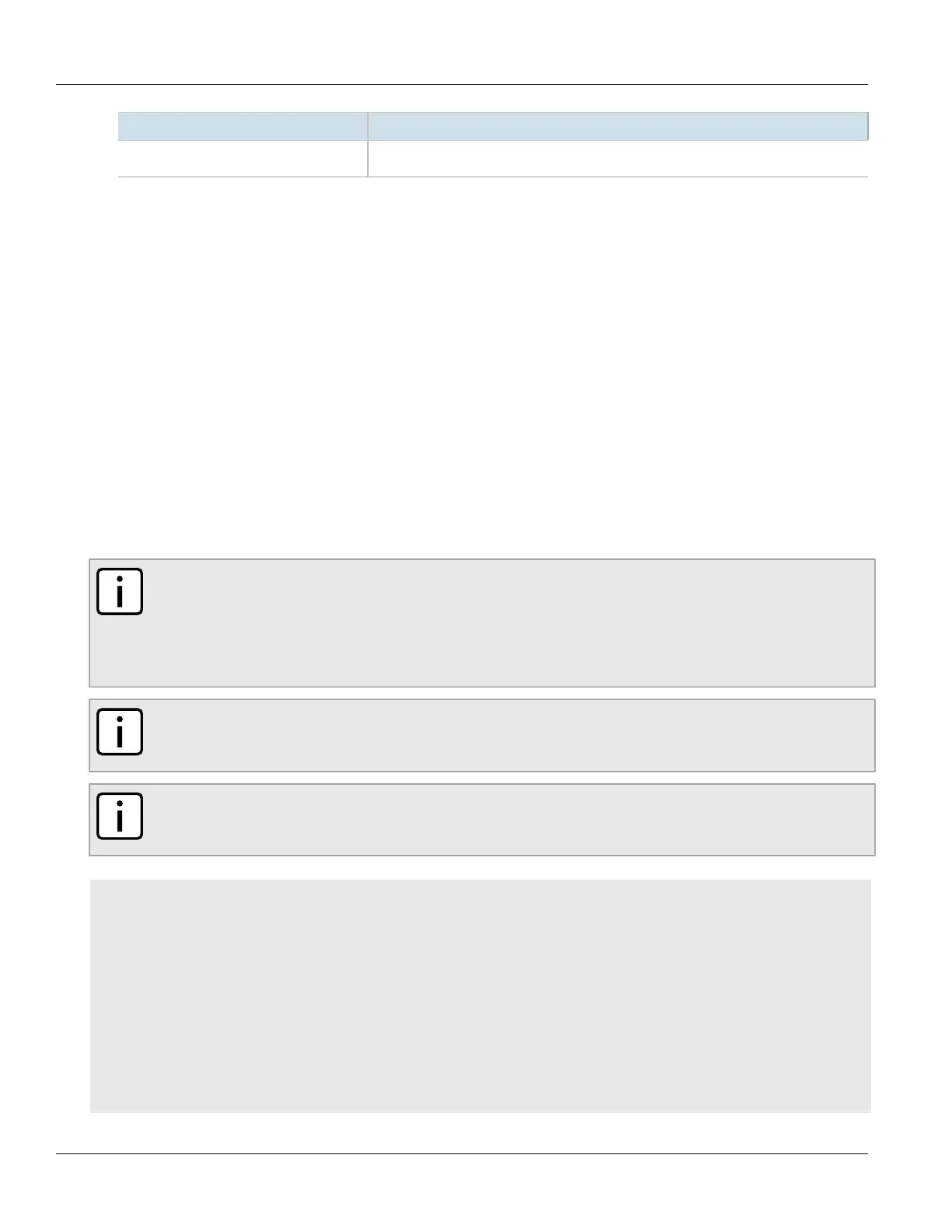